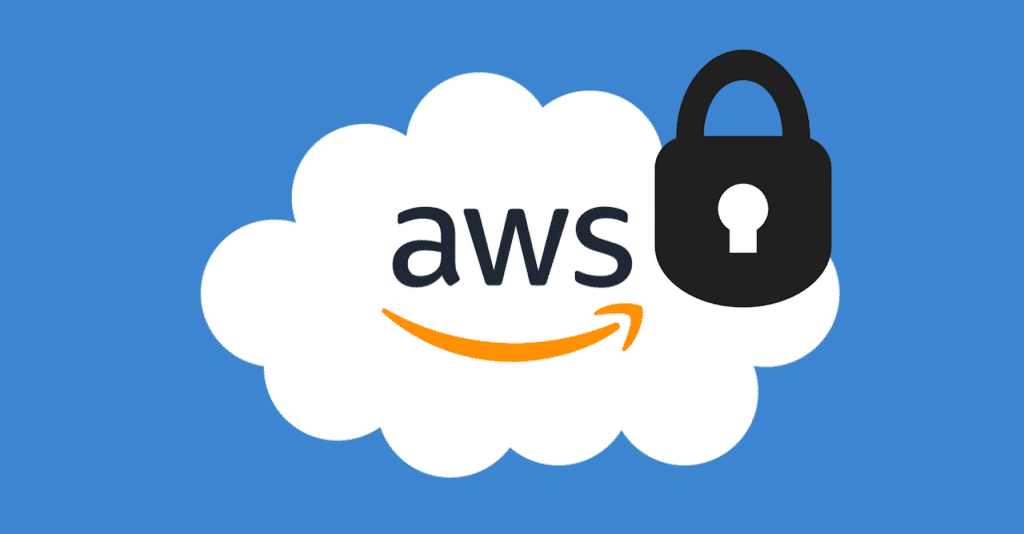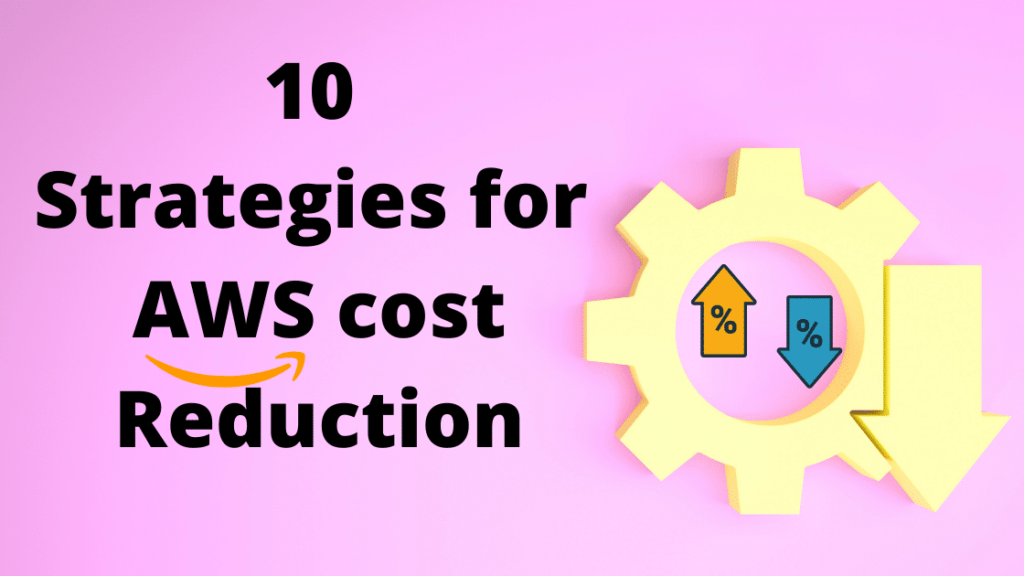Cost-efficiency is one of the major parameters that businesses look to achieve and try to curtail unnecessary expenditures as much as possible, which is why most companies switch from in-house hardware to cloud computing solutions, which is a major cost reduction.
Hiring AWS professional services would prove to be the major factor in saving money for your business. As a company’s infrastructure grows with time, the expenditures go out of hand, which can, fortunately, be controlled. By following the best practices in your AWS management routine, these expenditures could be kept in check. 10 of those strategies are discussed below.
1. Using reserved instances
EC2 Reserved instances give reserved storage capacity at a discounted rate, and you can save up to 72% of the original instance price. Standard and convertible are the two types of instances that are available. The payment options include Upfront, partial upfront, and no upfront. The best thing about partial or no upfront payment is that the payment can be made in monthly installments, which is easier for the payer. The month-end bill is reduced considerably when you purchase reserved instances.
- Spend less time and energy managing your AWS resources.
- Have peace of mind knowing that you’ll be able to fulfill your business requirements in the future without any worries about running out of space or cash.
2. Using compute saving plans
AWS Compute Savings Plans can altogether bring down costs on AWS administrations (EC2, Lambda, and Fargate). On the off chance that you are prepared to focus on a long term long understanding and are happy to follow through on the full cost forthright, Compute Savings Plans can assume a critical function in your AWS charge cost decrease as they can set aside to 66% of the costs you would have needed to pay in any case.
- Spend less time worrying about how much you’re spending.
- Be more confident in the future of your company.

3. Using Amazon EC2 spot instances
Amazon EC2 Spot Instances give you admittance to the unused AWS EC2 register limit with a rebate pace of 90%. The only drawback here is that AWS can claim their instances back in just 2 minutes of notice any time they want. All things considered, Spot occasions are an incredible choice for clients who wouldn’t have approached such measures of capacity without the 90% markdown.
- Get your hands on as many instances as you want, without breaking the bank.
4. Using the right storage options
One of the great ways to save your data is to allocate it to different storage options. Storage costs will be reduced automatically if your data is accessed in a limited manner, and AWS is known for the varied storage options it provides to its customers. There are 4 S3 storage tires, namely S3 standard, S3 intelligent tiering, S3 standard infrequent access, and S3 one-zone infrequent access, and last Amazon S3 glacier and deep archive.
Give close consideration to your current information and move it to various capacity levels as indicated by its entrance recurrence to decrease your AWS end-of-month bill.
- Reduce stress by knowing that you have a backup plan in place for anything unexpected happening to your data.

5. Scheduling on and off timings
The instances can be scheduled to turn on and off at certain times of the day so that they’re only running when needed. Scheduling them this way will not only save you money by helping reduce your monthly bills – in fact, but it could also even end up costing a lot less than leaving the instance always ON! For example: turning these instances OFF during lunchtime or idle hours to help control costs is an idea worth thinking about.
• Save money and make your monthly bills more affordable
• Control costs by only running instances when needed
• Reduce the number of resources used by having fewer, but active instances
6. Using AWS auto-scaling
Matching your capacity with your demand is what AWS auto-scaling does for you. When resources are matched correctly, efficiency is enhanced and money is saved. In infrastructures where there are sudden surges in traffic, auto-scaling is especially handy and useful as it works both on resources and services.
AWS auto-scaling is a lifesaver for infrastructures that experience sudden surges in traffic. When resources are matched correctly, efficiency increases, and money can be saved! AWS’s new feature provides an opportunity to automatically scale up or down based on demand automatically, saving even more time when the unexpected happens.
- You’re in control of your business’s growth!
- Automatically scale to meet demand, saving you time and money!
7. Using consolidated billing
Consolidated billing is a feature where two accounts for AWS services are maintained. One is the master account, and the other is the accounts of different members. In this billing option, the combined expenses from all the members’ accounts are combined and charged from the master account all at once. All Amazon web services professional services give consolidated billings as their function, which saves monthly bills. You get large volume discounts because you pay a hefty amount for different accounts.
- Spend less time worrying about your AWS bill.
- Have peace of mind knowing you’re saving money and time with consolidated billing.

8. Terminating assets that are not in use
AWS trusted adviser is a feature provided by AWS that takes care of the unused assets. Assets such as obsolete snapshots, unused elastic load balancers, unattached elastic IP addresses, etc., are some of the trusted adviser’s unused assets. At times, the above assets are challenging to locate on the AWS console, and this is where external services come into play.
- Never worry about wasted costs again.
- Be confident in knowing that you’re using the most efficient tools for the job!
9. Using AWS monitoring tools
The AWS Cost and Usage Report is a tool that lets you track your costs for the past 12 months. With this report, it’s easier to know how much money you’re spending on different services like EC2 usage or S3 storage space with just one keystroke! The reports are generated in PDF format, so there’s no chance of mistakes getting reported back as actual charges. Being able to keep an eye on all these things from any device has never been simpler, thanks to Amazon CloudWatch, which works seamlessly across devices without ever having difficulty syncing data between them – even if they have very low bandwidth connection speeds!
- Never have to worry about overages again!
- Know exactly how much money you’re spending on different services.
10. Analyse and measure
Assessing and analyzing your infrastructure will always make you the best in the market. Always looking out for the things you can improve will surely keep you ahead of your peers and you will be able to meet the demands of your ever-changing clients. Thorough monitoring and management of the AWS cloud will surely justify your month-end bill completely.
The cloud computing industry has been booming for years, and it’s no wonder why. With the rise in popularity of AWS, businesses can save money by switching from their on-premise hardware to more cost-effective solutions with little effort. If you’re looking for an expert who can help your business reduce costs while also ensuring that your data is safe and secure, then we’re here to help! Contact us today if you want a custom solution tailored specifically for your company needs to be successful.

